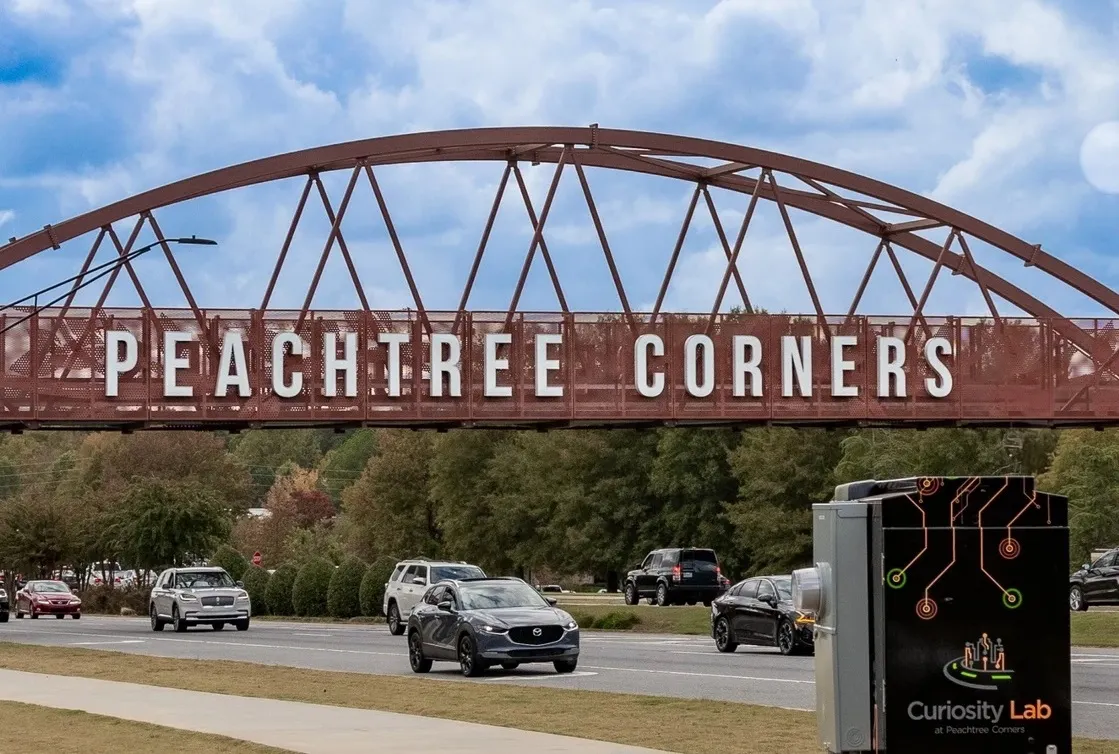The Swinburne Intelligent Transport Systems Laboratory has been launched in a joint collaboration between VicRoads, the road agency of the Australian state of Victoria, and Swinburne University of Technology. The state’s first dedicated traffic analysis research centre, it will analyse live traffic data to gain insight into network congestion and develop better mechanisms for managing vehicle flows. The research will be fed directly back to VicRoads' head office in order to improve traffic management strate
April 24, 2012
Read time: 2 mins
The Swinburne Intelligent Transport Systems Laboratory has been launched in a joint collaboration between 4728 VicRoads, the road agency of the Australian state of Victoria, and 5192 Swinburne University of Technology. The state’s first dedicated traffic analysis research centre, it will analyse live traffic data to gain insight into network congestion and develop better mechanisms for managing vehicle flows. The research will be fed directly back to VicRoads' head office in order to improve traffic management strategies, such as timing for traffic lights, variable speed limits, and freeway ramp signals.
Analysis of traffic data across the city will enable the laboratory to develop models on ways to improve traffic flow, relying on efficient communication of information within the transport network.
"Traffic congestion costs our economy billions of dollars in petrol and lost time each year,” said associate professor, Hai Vu, head of the new laboratory. “Helping our roads to flow more smoothly is a vital goal for our Lab, but will also have a significant environmental impact, with lower carbon emissions as people spend less time in their vehicles.”
Analysis of traffic data across the city will enable the laboratory to develop models on ways to improve traffic flow, relying on efficient communication of information within the transport network.
"Traffic congestion costs our economy billions of dollars in petrol and lost time each year,” said associate professor, Hai Vu, head of the new laboratory. “Helping our roads to flow more smoothly is a vital goal for our Lab, but will also have a significant environmental impact, with lower carbon emissions as people spend less time in their vehicles.”










